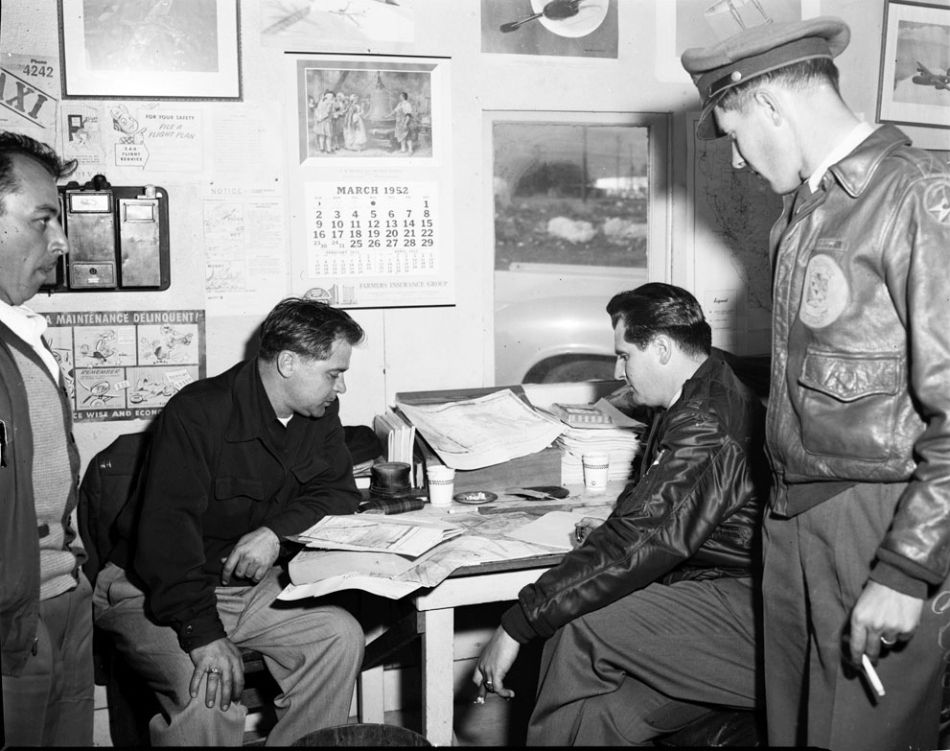Searching the Jetpilotoverseas.wordpress.com site I came across these pics.
Have a flick through the link and you will see a 1950s mix of leathers and nylon.
http://jetpilotoverseas.wordpress.com/category/a-2/

Johnny Tee
Have a flick through the link and you will see a 1950s mix of leathers and nylon.
http://jetpilotoverseas.wordpress.com/category/a-2/

Johnny Tee